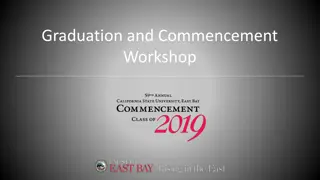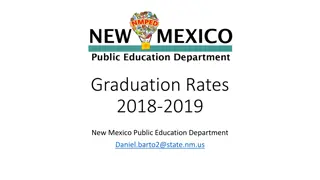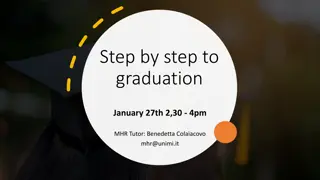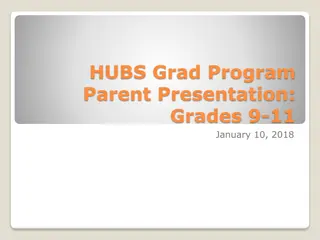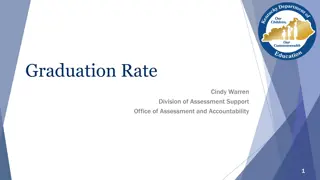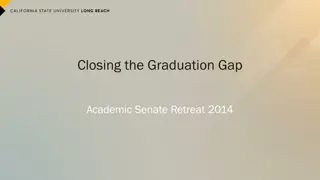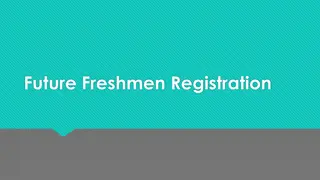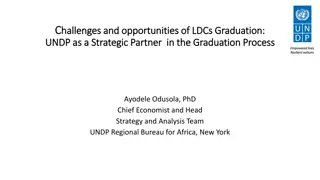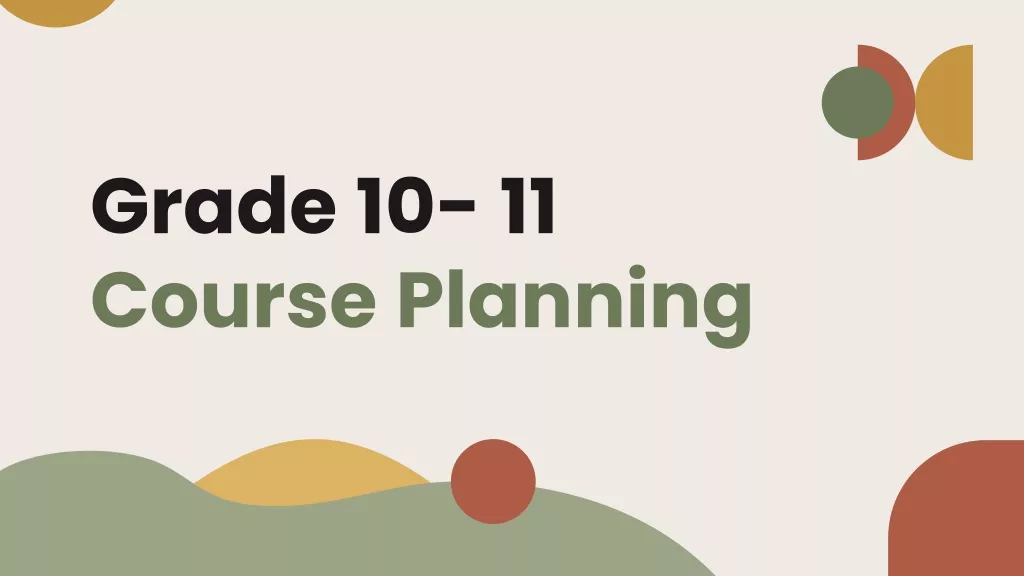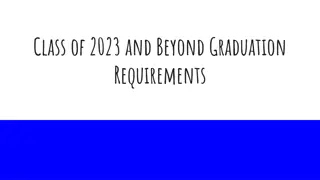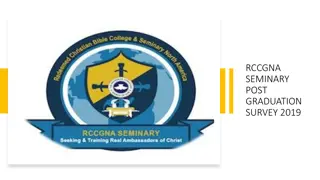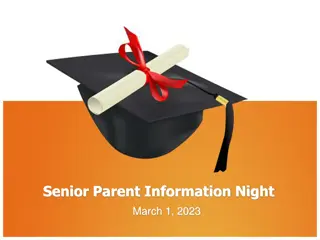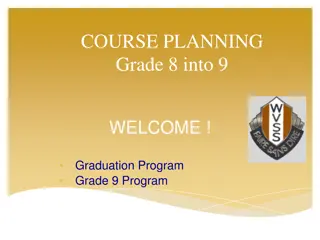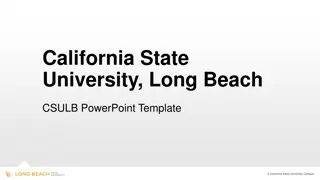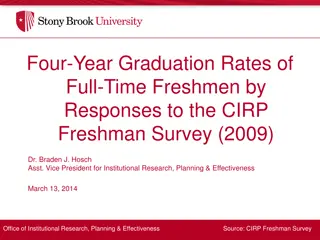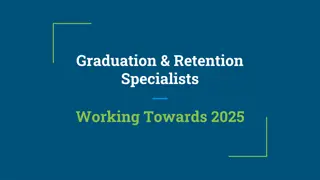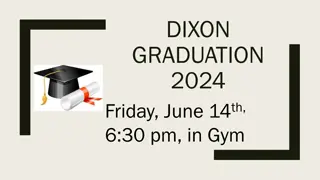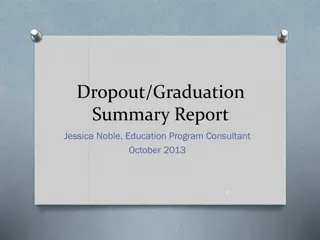Essential Skills Graduation Requirements Transition Overview
Review the Essential Skills graduation requirements, assessment options, and the transition from OAKS to Smarter Balanced assessments. Understand the methodology for establishing equivalent rigor levels and the timeline for the transition. Explore the approved assessment options and the importance of demonstrating proficiency in Essential Skills through one of these options. Learn about the quantitative methods ODE plans to use for analyzing assessment scores.
Download Presentation

Please find below an Image/Link to download the presentation.
The content on the website is provided AS IS for your information and personal use only. It may not be sold, licensed, or shared on other websites without obtaining consent from the author. Download presentation by click this link. If you encounter any issues during the download, it is possible that the publisher has removed the file from their server.
E N D
Presentation Transcript
ESSENTIAL SKILLS ACHIEVEMENT STANDARD ON SMARTER BALANCED Derek Brown Director of Assessment Cristen McLean Policy Analyst
OBJECTIVES Review Essential Skills Graduation Requirement, including assessment options Discuss transition from OAKS to Smarter Balanced Describe methodology for identifying performance level on the Smarter Balanced scale that represents an equivalent level of rigor to the current OAKS meets achievement standards Show timeline for transition
REVIEW The Essential Skills graduation requirements were adopted by the State Board of Education in June 2008. Essential Skill requirements apply to all regular or modified diplomas Essential Skills apply to students based on when they first enter high school, referred to as the cohort year, 2008-2009 Cohort Reading 2009-2010 Cohort Reading and Writing 2010-2011 Cohort Reading, Writing, and Math
REVIEW There are three primary approved assessment options for Essential Skill requirements: Statewide Assessment (currently the Oregon Assessment of Knowledge and Skills, or OAKS, transitioning to the Smarter Balanced assessment in 2014-15); Other Standardized Tests (such as SAT, ACT, etc.); and Work Samples (local performance assessments scored using the official state scoring guides).
REVIEW Students may demonstrate proficiency in the required Essential Skills using any of the assessment options Students need evidence from only one assessment option per Essential Skill. Statewide Assessments are administered in grade 11; retake option has been available in grade 12. Other assessments may be administered across high school based on district decision. All assessment options must require equivalent achievement standards to pass.
STATEWIDE ASSESSMENT TRANSITION For students entering grade 11 this year, ODE must establish equivalent levels of rigor on the grade 11 Smarter Balanced assessments relative to the meets achievement standards on the high school OAKS.
METHODS ODE plans to use information from three quantitative methods in order to understand the relationship between scores on the two assessments. Each analyses will include be conducted for the total population and for subgroup; ODE will be paying close attention to equity when we look at the results.
METHODS 1. Direct Linking: OAKS to Smarter Balanced ODE will create a direct link to student performance on the OAKS
METHODS 2. OAKS Item Embedding in Smarter Balanced Assessment ODE will embed OAKS items that represent meets level to provide evidence of comparability of scales.
METHODS 3. Equi-Percentile: OAKS and Smarter Balanced Assessment ODE will identify the percentage of students who earned at or above a meets score on the OAKS and will identify the Smarter Balanced score at which the same percentage of students would pass the respective Smarter Balanced assessment.
METHODS If there is not reasonable confirmatory evidence of equivalent rigor, professional judgment could be used. In this case, ODE would engage a panel of Oregon stakeholders in a professional judgment activities, including examining data from the three analyses and other external research.
TRANSITION TIMELINE February 2015: Conduct direct linking study July 2015: Conduct item embedding and equi- percentile analyses August 2015: Engage AESRP to develop recommendation and present 1st read of achievement standard to State Board September 2015: Collect feedback on achievement standard October 2015: Present achievement standard for adoption to State Board
STAKEHOLDER ENGAGEMENT ODE will be engage educators and stakeholders throughout the process AESRP includes educators and educational stakeholders Feedback will be collected broadly during September State Board updates provide opportunity for public comment
CONTACT INFORMATION Cristen McLean, Policy Analyst Ph. 503-947-5842 cristen.mclean@state.or.us Derek Brown, Director of Assessment Ph. 503-947-5841 derek.brown@state.or.us


